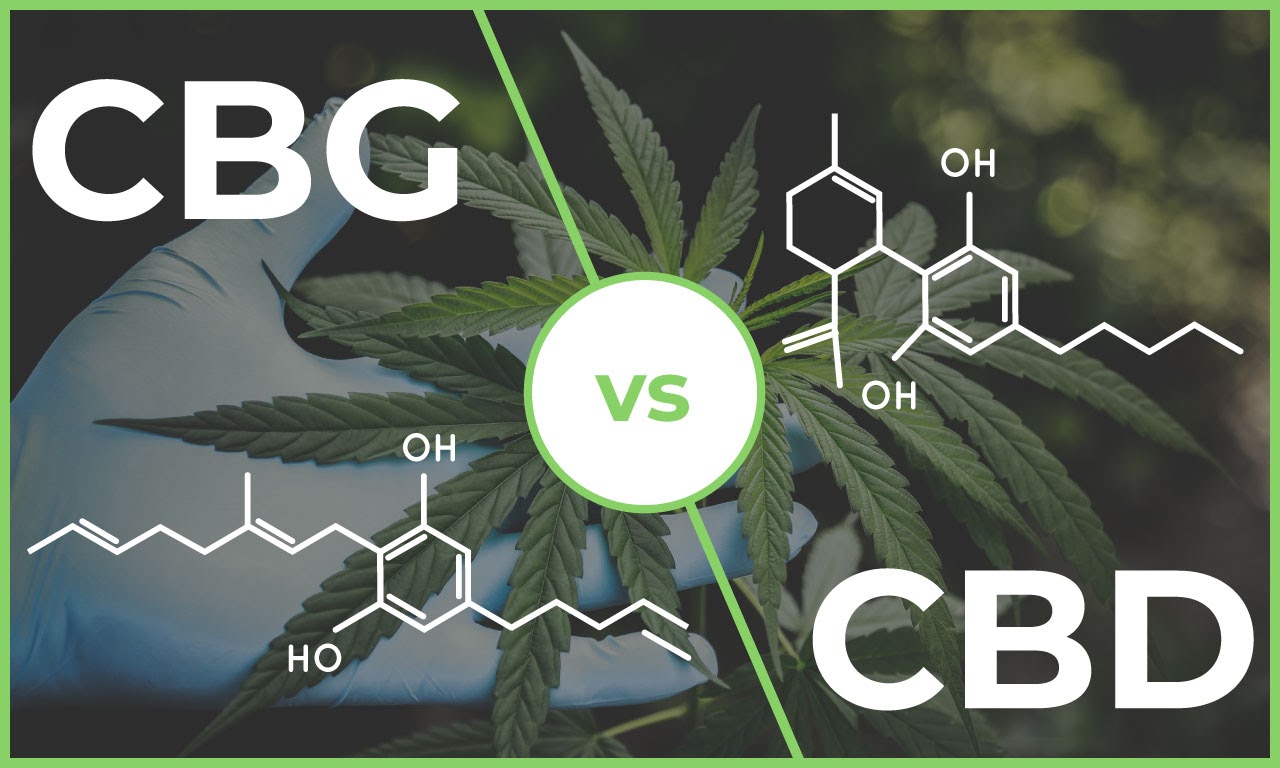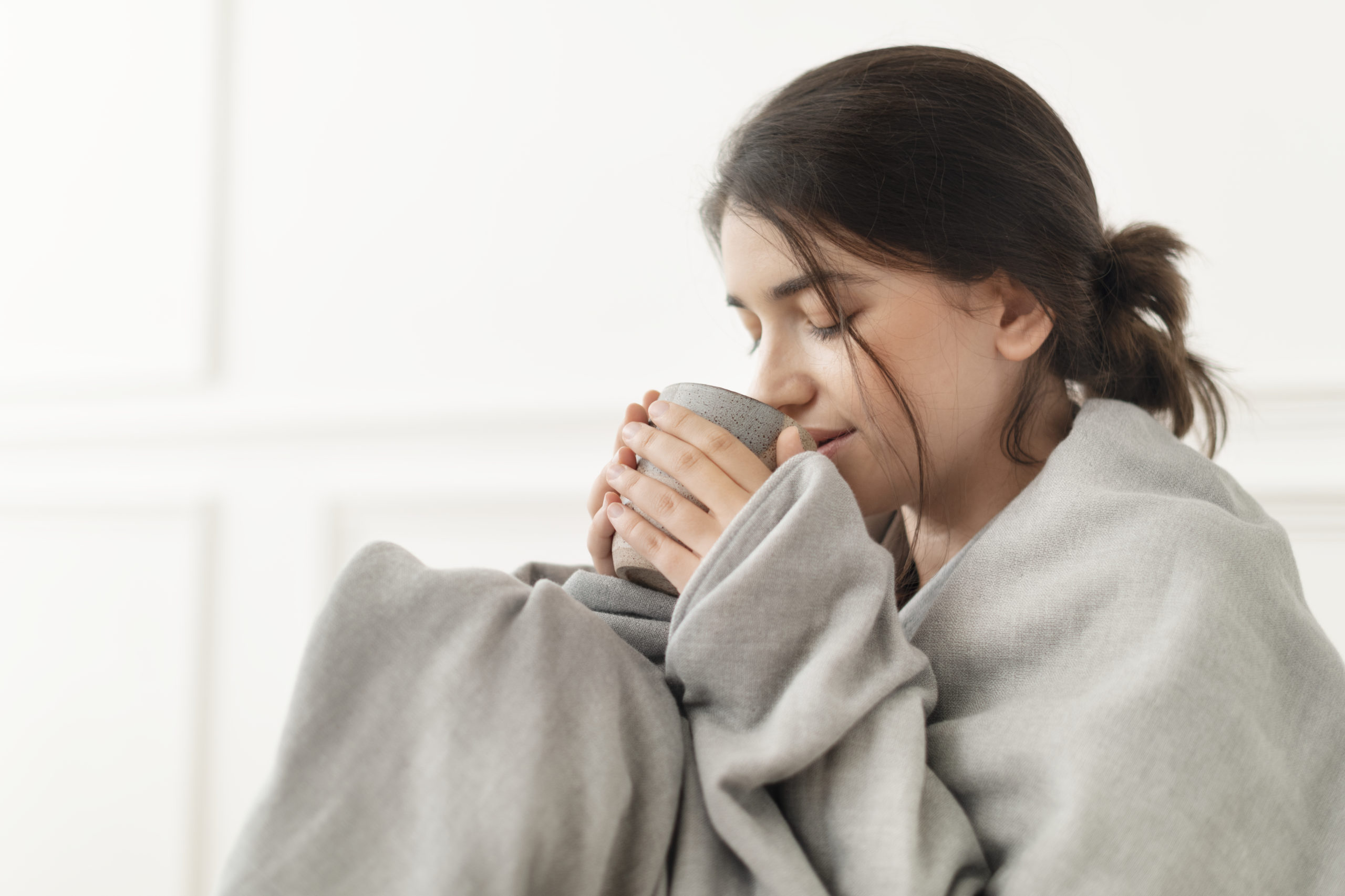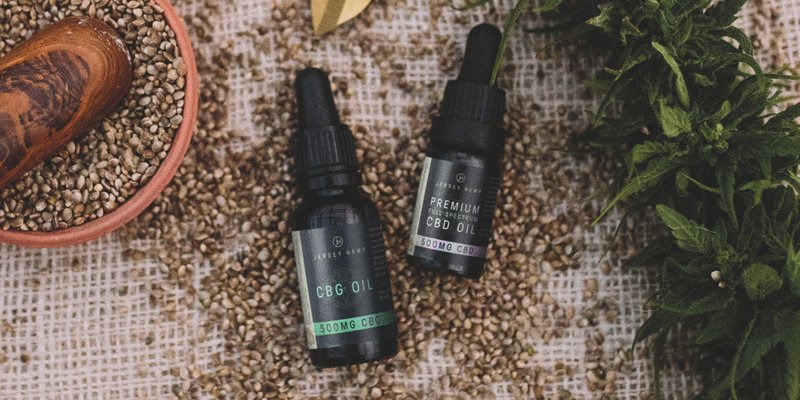The demand for high-quality CBD in the health and wellness industry has increased, and there’s no sign of this trend slowing down. Nowadays, people are looking for natural options instead of chemical-based prescriptions. Prescription medicines often cause undesired side effects. Not the case with healthy alternatives. And cannabidiol recently became a leading choice of those healthy alternatives.
Cannabidiol is a plant-derived, natural compound from the cannabis plant and often used in wellness products. However, CBD is not the only cannabinoid gaining traction. Recently, CBG, another cannabis-derived cannabinoid, has been sharing the spotlight. If you haven’t heard of CBG, you are not alone, as it has gained the attention of researchers and users only recently. CBD and CBG share some similarities in composition and are known to provide exceptional health benefits. But where do the similarities end? In this post, we are going to look at the two and whether they complement each other when consumed together.
What is CBG?
CBG or cannabigerol is one of the many cannabinoids found in the cannabis plant. First isolated in 1964, but studies on its applications and effects started just a few years ago. Research is still in the infancy stage, but studies so far show it holds substantial therapeutic benefits. There is evidence suggesting the compound may offer antibacterial, antidepressant, and anticancer properties. It also provides the same benefits as THC, without an intoxicating effect or the highness experienced when you smoke weed.
CBG is referred to as the mother of cannabinoids because its acidic form (CBGA) is the precursor to most cannabinoids. As the hemp plant grows and matures, CBGA separates into three primary cannabinoid acids. Those are cannabidiolic acid (CBDA), cannabichromene acid (CBCA), and tetrahydrocannabinol acid (THCA).
Through a chemical process known as decarboxylation, CBGA becomes CBG. When consumed, CBG interacts with the body and brain’s cannabinoid receptors. According to research, cannabigerol has a partial affinity for CB1 and CB2 receptors. It may also stimulate receptors responsible for heat sensitivity, pain, and inflammation.
What Is CBD?
CBD or cannabidiol is another cannabinoid found in the cannabis plant. Thanks to research, CBD has seized the spotlight for inherently offering therapeutic benefits. The compound boasts analgesic, anti-inflammatory, anti-nausea, anti-anxiety, and sedative properties.
Cannabidiol can also help mitigate the less desirable THC qualities. That is, stopping the paranoia, impaired cognitive function, and anxiety THC cause. Studies show that CBD, combined with other cannabinoids such as THC and CBG, offers more acute therapeutic benefits. A phenomenon best referred to as the entourage effect.
Cannabidiol acts on the ECS, a network of neurotransmitters responsible for homeostasis. CBD binds to CB1 and CB2 receptors as well to give the desired effects. However, its action mechanisms on the body are not yet fully understood.
The Difference Between CBD and CBG
Despite the many similarities, CBD and CBG vary in several ways:
1. Molecular Structure
CBD and CBG have varying molecular structures. That refers to the number and arrangement of carbon, oxygen, and hydrogen atoms that make up a cannabinoid. Different molecular structures mean that CBG and CBD bind with the receptors in varying ways. They then affect the body differently, depending on that. The molecular structure of a cannabinoid determines its bioavailability and how soluble its on water.
2. Pharmacology
As mentioned above, CBG and CBG activate receptors distinctively. A study in 2011 published in Psychopharmacology compared the effects of CBG and CBG on the 5-HT1A serotonin receptor. Cannabidiol seems to exert its anti-nausea properties via its affinity for the receptor, acting as an activator. On the other hand, CBD acts as a blocker or antagonist. The findings revealed that cannabigerol blocked cannabidiol’s anti-emetic effects. Thus, showing that the two compounds bound to the same place, but the interactions with 5-HT1A were opposing.
3. Appetite Stimulation
Another important way that CBD and CBG differ is in appetite stimulation. Studies on rats revealed that cannabigerol encouraged the subjects to eat more than double their usual intake. In another study, CBG did not cause any changes to eating behaviors, but CBD substantially reduced the total food intake.

Should You Use CBG and CBD Together?
We already know a little bit about these two hemp-derived compounds. Now, we can look at why it’s worth considering using CBG and CBD together. There’s a lot of studies showing that when you consume a single cannabinoid, it interacts positively with the body. But there’s much evidence suggesting that the benefits multiply when you take more than one cannabinoid. That reaction goes by the name of ‘Entourage Effect.’ The idea behind this phenomenon is that a blend of cannabinoids works better than individually.
When you take CBG and CBD together, they ideally balance each other out. Cannabigerol works directly on your receptors. Meanwhile, cannabidiol stimulates the enzyme that produces endocannabinoids (cannabinoids by your body). According to users, CBG alone can induce drowsiness, while CBD alone has an energizing effect. As such, when used in a blend, the experience is more balanced.
The biggest differentiator is that CBD is more effective for bodily/physical distress. Meanwhile, CBG is ideal for neurological/mental distress. For instance, both CBG and CBD may produce effects that ease pain and sadness. But the latter is more effective for pain, and the former is much better in dealing with symptoms of depression. Note that ‘generally’ doesn’t mean always. Some users say cannabigerol works better for them in pain relief, and others prefer cannabidiol for depression. Everyone is different, and that’s why taking CBG and CBD together can be a great way to ensure you get full benefits of both.
As the sun sets on warmer weather, it’s time to start prepping for the cold. As you start to pull out the hoodies and boots you may also want to think about adding CBD to your cold weather arsenal.
From dry skin to joint pain and even that dreaded winter cold, using CBD in the winter has a ton of benefits you may not be aware of—yet. CBD works with the body’s Endocannabinoid System (ECS), a group of receptors in our bodies’ central nervous system that specifically interact with cannabinoids (like CBD) to maintain homeostasis throughout the body. The ECS supports a healthy physical and mental balance—especially important in the winter months.
So how does CBD benefit us in the colder seasons? We’ve gathered information on how to prep for winter with CBD.

CBD for low mood and winter blues
The longer nights, lack of sunlight and lowered exposure to Vitamin D all have negative impacts on our mood. In fact, 2-3% of the Canadian population also suffer from Seasonal Affective Disorder (SAD) in the winter months. This type of depression is common and can usually be treated naturally with light therapy, Vitamin D supplements and exercise to help boost those natural endorphins. If you experience symptoms of SAD such as poor sleep, moodiness, or lack of energy beyond the winter months, it may be best to seek professional medical help. SAD is very common among adults and can be treated naturally—in fact, CBD helps with moodiness, anxiety and lack of sleep in the colder months thanks to its ability to interact with the body’s ECS as mentioned above.
As the central nervous system helps regulate our body’s hormones (such as cortisol, the stress hormone, or melatonin, the sleep hormone) CBD works with the ECS to regulate hormone-related issues. This is one of the reasons why CBD is so effective for those who suffer from anxiety and sleep disorders. By creating that feeling of homeostasis for mental and physical balance, CBD helps to relax the body and mind, making sleep easier to achieve and keeping low mood, anxiety and depression at bay for more rest.

CBD for dry winter skin
As we head in to winter, you may already be seeing signs of dry skin on your hands or face. In the winter, many of us notice flaky, cracked and irritated skin. It can be enough to make you self-conscious during holiday party season.
But something you can use to help soothe and moisturize your skin is cannabidiol (CBD). One study found that CBD helps regulate our skin’s oil production. Too much oil leads to acne, while too little oil can lead not only to dry skin, but to conditions like eczema. But many use CBD as a means to combat inflammation and help reduce skin discomfort and pain. And not only does CBD soothe dry skin, but it can also help alleviate associated pain.
Some moisturizers only work on particular skin types, whereas CBD can be applied to all kinds of skin. It doesn’t matter if your skin is naturally dry, flaky or oily, or if you battle acne. CBD is all natural. For most people, CBD doesn’t produce any allergic reactions or breakouts. The only thing to consider is other ingredients in topical CBD that may cause irritations or breakouts.

Full spectrum CBD to boost your immune system
As we enter into winter cold and flu season, it’s time to stock up on remedies to help when you’re under the weather. With all the buzz around cannabidiol (CBD), should you consider adding CBD as part of your home remedy cold/flu kit to help relieve symptoms such as a sore throat, stuffy nose, and body pain?
According to Philip Blair, M.D., the answer is unequivocally yes. “Flu causes inflammation throughout the body,” Blair says. “CBD helps control the inflammation and reduce the symptoms we experience. In addition, CBD helps with the aches and pains as well as speeding recovery.” Furthermore, CBD can help you get to sleep and stay asleep, a benefit given how your sleep cycle is often altered when you get sick.
The type of CBD you consume can also impact the type of benefits your body will retain as well as the boost your immune system will need in the colder months. Full spectrum CBD, for example, is a ‘whole plant’ extract that contains not only CBD, but all of the other cannabinoids, amino acids and essential oils found within the plant. These compounds have various benefits and work together to produce what is commonly known as the “entourage effect”, which essentially means an increase in efficacy.
Studies have shown that full spectrum CBD products also offer higher levels of relief from inflammation, pain and anxiety, as compared to other types of CBD like CBD Isolate products.
When considering CBD for winter, do some research on the type of CBD that would work best for the ailments you’re trying to treat. If naturally boosting your overall immune system is your goal, full spectrum CBD products may best help you achieve the benefits you’re looking for in the winter months.
While these are some of the most common winter-induced challenges our bodies go through in the winter, CBD has the type of benefits that last all year long. Whether it’s to reduce pain, improve sleep, relieve anxiety, or treat inflamed, itchy skin, incorporating CBD products into your health routine won’t just give your body a boost in the winter but may just create a lasting benefit throughout the seasons.




